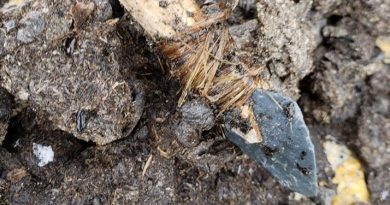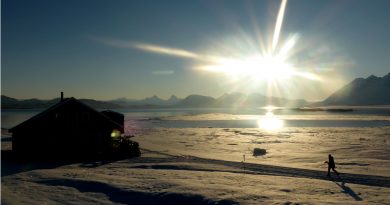Severe wildfires will have long-lasting impact on N.W.T.’s boreal forest
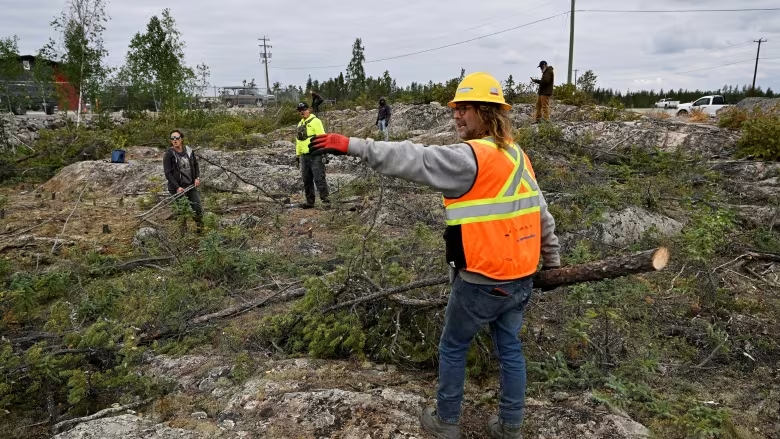
· CBC News
More than 4 million hectares of forest have burned in the N.W.T. during the 2023 wildfire season
Usually fires help to maintain a healthy boreal forest, but it’s all about balance.
More than four million hectares of boreal forest have burned in the N.W.T. this wildfire season, and that paired with the severity of the fires will lead to a range of long-term impacts on the landscape.
Jennifer Baltzer is a professor of biology at Wilfrid Laurier University. Baltzer says wildfires are crucial to maintaining biodiversity in the boreal forest, but this is not a typical fire season.
“Wildfire is just a really important and central component of the way the boreal system functions,” she said, “But with climate warming and drying and the kinds of conditions we’ve seen this summer and in previous summers, we’re seeing fires that are burning in ways that we haven’t seen before.”
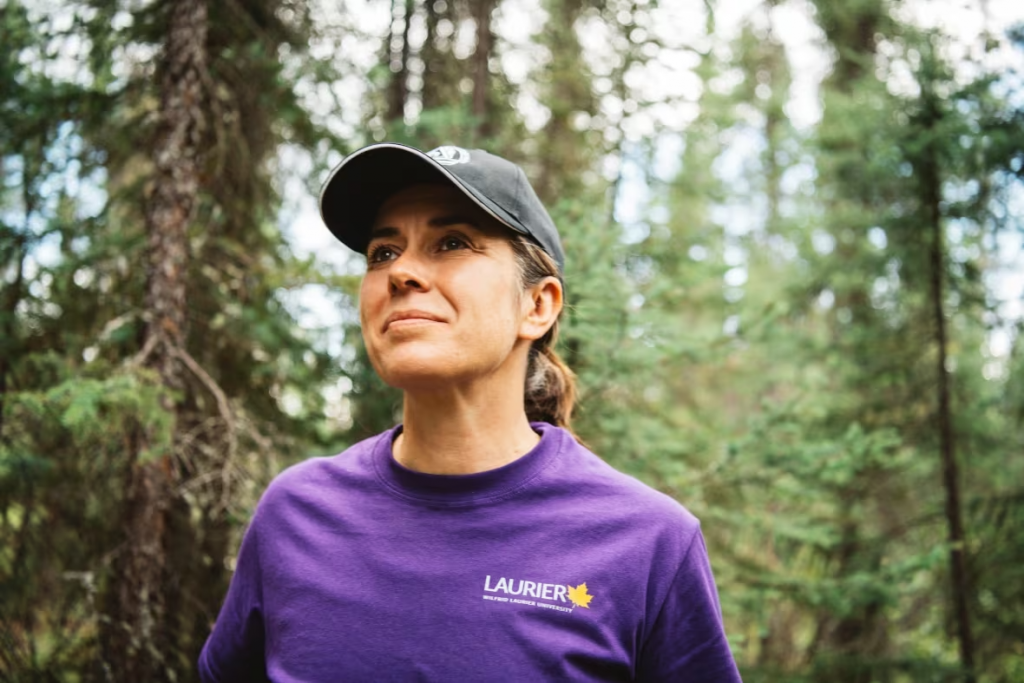
What’s different about this season’s fires?
Area and severity of fires
This wildfire season has been the worst on record in the territory. Not only is the area burned extraordinary, but the season has been exceptionally dry, leading to the fires burning hotter, and deeper into the soil.
According to Baltzer, fires usually occur 70 to 100 years apart from one another in the N.W.T., but these intervals are getting shorter. The combination of more widespread, intense and frequent fires has several consequences to the forests.
Peat is the thick, spongy layer that forms part of the soil in boreal forests, and it’s where 80 to 90 per cent of carbon in the boreal forest is stored. This layer builds up over time, storing carbon from the atmosphere as it grows.
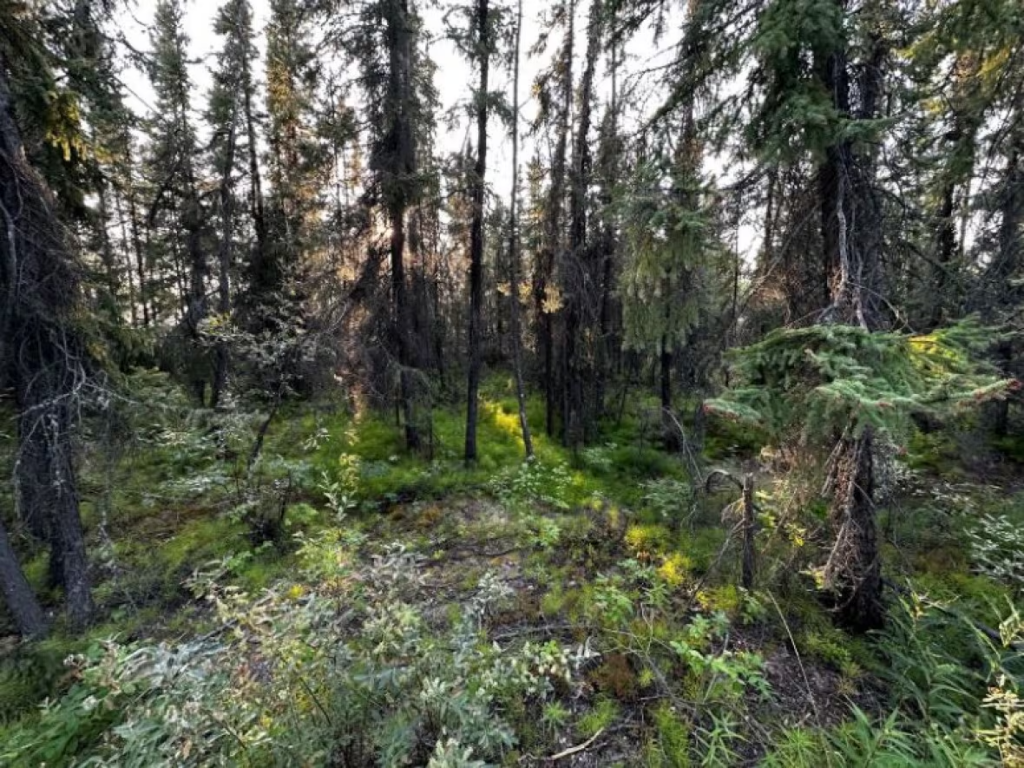
While wildfires will burn the peat soil, they are not usually intense enough to burn through the build up between fires, and there is enough time between burns for the peat layer to recover.
However, Baltzer said that this seems to be changing. She said that in the 2014 fires there were places where all of the carbon that was accumulated during the fire-free period burned, and the fires began burning older carbon, or what is known as legacy carbon.
“This is a really important change in the way the system responds to these more severe wildfires like we saw this summer, because it means that the carbon sequestration mechanisms of the boreal forest are not working the way they have in the past when they’re challenged by these really large and extreme wildfires that are really deep-burning into the soils.”
In the long term, the burning of legacy carbon in the boreal forests could mean the forests emit carbon dioxide rather than remove it from the atmosphere.
Forest regrowth
The extensive, deep burning can also affect how forests regenerate after the fires. If fires occur too frequently in an area, they can kill seeds stored in the soil. Short fire intervals may also kill trees before they are mature enough to reproduce and leave new seeds.
Black spruce reestablishes well on thick peat soils; pine and aspens do not. Baltzer says that after intense burns, forests dominated by spruce trees may be replaced with aspen and birch forests.
“The forest will stay as forest, but the composition changes, which has implications for the other plants that grow in the forest and for the wildlife that use that forest,” she said, “In the most extreme situation, we see burning that is severe enough that we have no regeneration of trees, and in fact, a transition toward either grassland or shrubland systems.”
This change may come with some benefits. Deciduous trees like aspen and birch tend to be less flammable than jack pine or black spruce, Baltzer said. A shift from primarily coniferous to primarily aspen forests could provide natural fire breaks on the landscape.
Impacts on wildlife
As the forests change, so do the species that inhabit them.
Samuel Hache is a landbird researcher with the Canadian Wildlife Service. He said that species adapted for mature boreal forests such as chickadees, nuthatches, warblers and Canada jays may struggle as more habitat is lost to wildfires.
“For me, a growing concern is perhaps how much mature forest will be left in the Northwest Territories to be able to support communities of mature forest specialists.”
Mature boreal forests take decades to regrow. As large swaths of older forests burn, some species may struggle to find habitat. Baltzer said that caribou are one species that avoid burned areas for years following a fire.
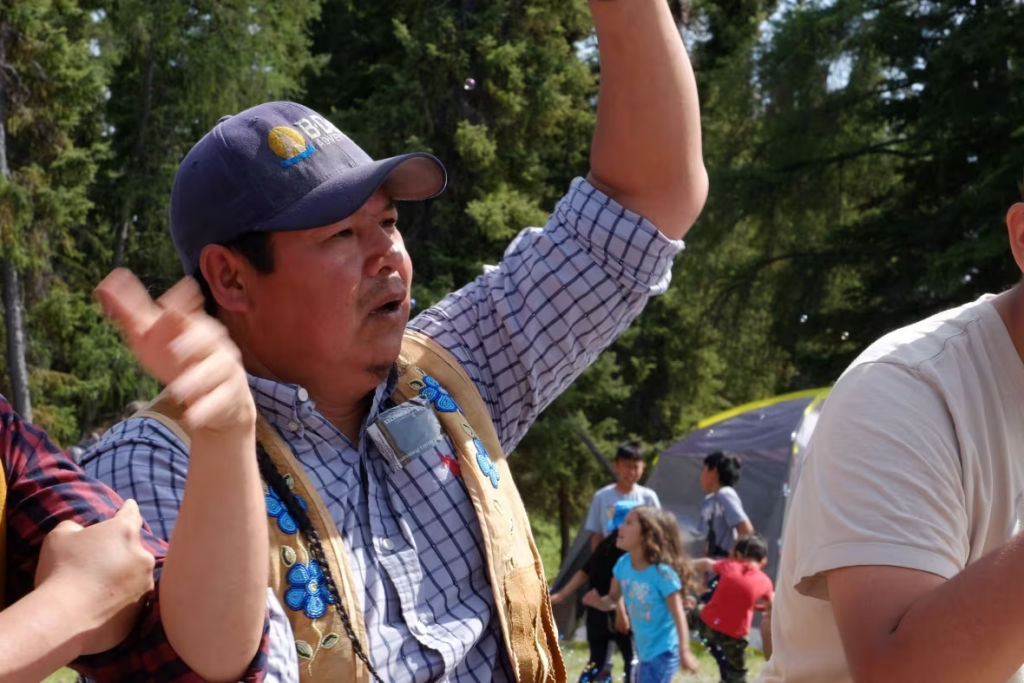
Bobby Drygeese lives in Dettah, N.W.T., and he said he’s been seeing more animals out in the open since the fires, and that the animals are more skittish than usual.
“We’ve seen a lot of bears, a lot of foxes and stuff out on the highways and the roads.”
However, Hache said there will be both “winners and losers.”
After the fires in 2014, Hache and his colleagues discovered that some birds did make use of even the most-severely burned areas.
“In the next few years we expect that the so-called fire specialists, you can think about the black-back woodpecker, common nighthawk, and some other open-habitat species that will benefit for the first maybe two, three, four years,” Hache said.
Drygeese is also optimistic about the return of wildlife. He expects animals to return to regrowth near Dettah in the coming years.
“Because of the new sprouts and all that, there’ll be nice and fresh and clean food. So animals will be coming back to those burn areas, but it might not be for a couple years.”
Fire and water
Wildfires can also affect permafrost thawing. Baltzer said that permafrost thawing is not only associated with the fires directly.
Peat serves as an insulating layer for permafrost, as does tree cover. When fires burn through the canopy and deep into the soil, it removes layers of insulation protecting permafrost. Blackened earth also adds to the problem, as the scorched soil absorbs more energy and accelerates permafrost thaw.
“A lot of those southerly permafrost landscapes are already thawing out just in the face of climate warming. You have that additional input of energy from wildfire, and that can be the extra energy input needed to push those systems to a permafrost-free state,” Baltzer said.
There are other impacts on water systems from the wildfires.
Mike Waddington is a professor and Canada research chair in eco-hydrology at McMaster University. He studies the effects of wildfires, and said that there are multiple ways fire affects how water flows through a landscape.
After a wildfire the soil can become water repellant. This can contribute to erosion and also have impacts on water quality, as the runoff carries excess nutrients and carbon which can affect water quality, Waddington said.
“That’s a concern that people in N.W.T. will need to be aware of. In many cases after fire, a decrease in the quality of the water increases nutrients, algal growth, dissolved organic carbon, which increases the cost for treatability.”
While the immediate damage from the fires is easily visible, it will take years to determine the full effects of this exceptionally-severe wildfire season on the territory.
Related stories from around the North:
Canada: Climate change affecting composition of forests in Yukon, Canada, study finds, CBC News
Finland: Climate change casts doubt on future of Finland’s forest industry, Yle News
Sweden: Sweden to support forest industry following historic summer wildfires, Radio Sweden

